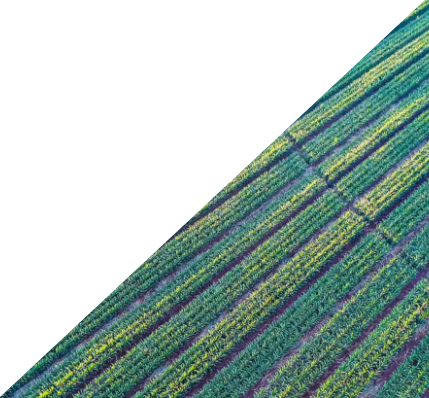The motivation for expanding current resources of plant-based protein
The economic potential of alternative protein increases the motivation for many breeding entities, research institutes, farmers, and food companies to focus on this relatively new segment. Plant proteins are needed for “feed” as well as “food,” but breeding for alternative protein involves intense and expensive research and development work, deep understanding of food industry needs and design of new plant breeding objectives, platforms and workflows.
Breeding entities, farmers, grain dealers, and food companies are all searching for the most suitable crop, with an optimal combination of traits for their products. All parts involved in the food supply chain seek crops that fit food industry requirements from isolating and processing the protein to integrating it in an high quality end product that addresses market demand.
For many years, soy was (and remains) the main source for alternative plant-based protein. Soy offers preferable agrotechnical traits and provides a high protein yield; it contains all essential amino acids and is considered a “complete protein” for human needs. Complete proteins are not enough, thus the food industry reflects demand for additional protein qualities such as natural taste, foaming, color and digestibility. Demand for these qualities creates opportunities to include other crops such as lentil, fava bean, chickpea, quinoa, and even hemp in various plant-based protein products.
Challenges in breeding for protein
Once a certain crop is chosen for a specific plant-based protein product, an extensive exploration process is launched by breeders and other R&D professionals to discern the best varieties for a given product. Agrotechnical traits are measured and collected from the field, and protein quantities and qualities are being measured in the lab.


